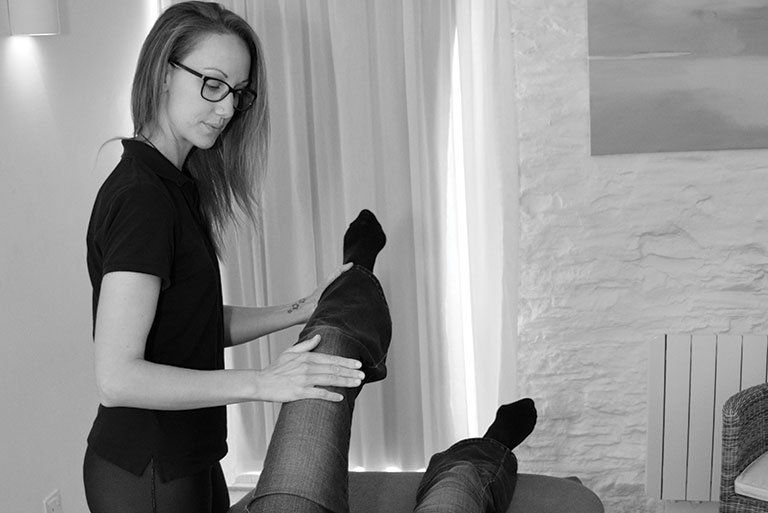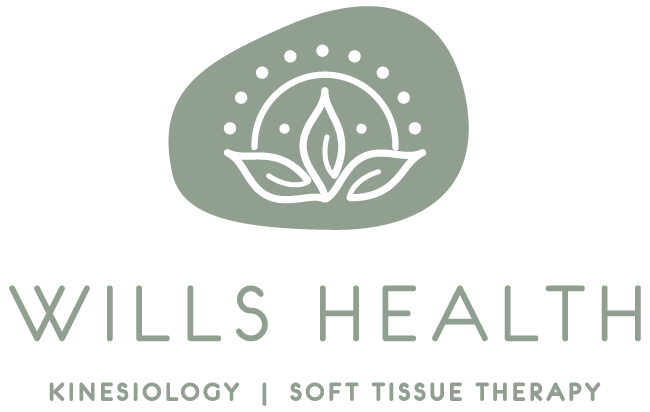
Systematic and Functional Kinesiology
The origins of Kinesiology (kin-easy-ology) first originate from the 1930s when the testing of muscles was medically developed for the assessment of muscle tone and strength. Used for developing rehabilitation programmes for people with weak or damaged muscles. George Goodheart an American Chiropractor then developed this in to what we know now as (Bio-Energetic) Applied Kinesiology. Monitoring information that isn't just about the physical aspects of the body, but including all the interrelated bio-energy systems. Such as and also the most common Chinese meridian systems, pressure points and the chakras.
The loss of muscle tone or weakness in the muscles has a direct relationship to loss of tone or weakness in one or several of the bio-energy systems. By using muscle monitoring we are able to pick up blockages with in the body and are able to find out if it is being caused by a nutritional, emotional, physical deficit.

